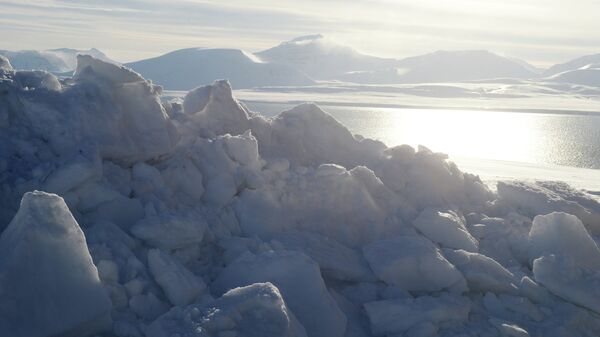Virtually anything – from conducting major research to escorting other ships through the treacherous sea ice in the Arctic – is unimaginable without this type of vessel. The numbers say it all.
Russia has a choice of 27 ocean-going icebreakers and is building new and better ones. Moreover, Russia is the only country building nuclear-powered icebreakers, which are considerably more potent than the diesel-powered ones.

For its part, the United States operates two icebreakers, the USCGC Polar Star (WAGB-10) and the USCGC Healy (WAGB-20), and only the latter is sent on missions to the Arctic. The USCGC Healy, commissioned in 1999 is used for scientific research operations and cannot access all corners of the region due to its size.
Commissioned in the late 1970s, the ship was reactivated in 2013 after a nearly $60-million overhaul and is currently assigned to operations in the Antarctic. Despite the efforts to revive it, the ship has long outlived the intended three-decade lifespan and is expected to be decommissioned by 2020.
Building icebreakers takes time and could cost up to a billion dollars, which no one in the United States seems to be willing to pay. The US Coast Guard, which operates the icebreakers, lacks the funds to purchase such a vessel. Its 2016 budget slightly exceeds $1 billion.
The Arctic is believed to hold enormous deposits of energy resources. According to a US Geological Survey (USGS) report, some 13 percent of all undiscovered oil on the planet and up to 30 percent of all natural gas lies in the region. But the Artic also boasts large deposits of coal, copper, diamonds, gold, iron, nickel, tungsten and uranium.
In the past few years Russia has been engaged in oil and gas extraction in the Arctic. The country is also exploring the Northern Sea Route, which is now seen as a cheaper alternative to traditional links between Europe and Asia.
Therefore, the Arctic invites "a new kind of geopolitical cold war and the US is in danger of losing," Newsweek wrote, citing US Coast Guard Commandant Paul F. Zukunft, who said that Washington is "not even in the same league as Russia right now. We're not playing in this game at all."




